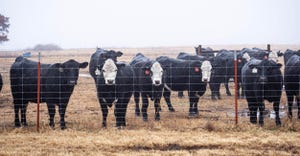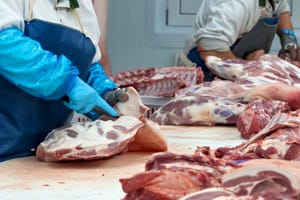Strategically Use Sex-Sorted Semen
Despite being commercially available since 2006, artificial insemination (AI) use of sexed semen isn’t always practical for beef producers. The biggest drawbacks are cost and conception rate
February 2, 2011

Despite being commercially available since 2006, artificial insemination (AI) use of sexed semen isn’t always practical for beef producers. The biggest drawbacks are cost and conception rate.
Within the beef industry, the most likely use of sexed semen will be seedstock producers increasing the number of bulls produced and commercial production of F1 female replacements.
Producers can expect to pay up to double the cost for sexed semen compared to non-sex sorted semen from the same bull. The additional cost is due to fewer straws of semen being produced per collection and the cost of separating male-producing sperm from female-producing sperm.
Conception rates of 70-85% of that normally achieved with conventional AI practices are considered average when using sexed semen. Conception is lower because straws of sexed semen contain only about 20% the number of sperm as non-sexed straws (two million vs. 10 million sperm cells).
Research to improve conception rates hasn’t succeeded thus far. The highest conception is seen in heifers bred on standing heat. Timed AI and use in embryo transfer programs isn’t generally recommended.
The gender ratio of sexed-semen calves is normally about 90%, which can be increased but is very expensive. Also, calves produced from sexed-semen matings don’t differ in any performance traits when compared with non-sexed semen calves of like genetics.
Ongoing research by University of Idaho scientists has confirmed that the gender ratio of calves can be successfully altered using sexed semen and no differences exist in calf survivability and weaning weight. More data is expected later this year.
Scott B. Laudert, Ph.D., is a beef cattle technical consultant based in Woodland Park, CO. He can be reached at 719-660-4473.
Read the full reports here:
http://adsa.asas.org/meetings/2010/abstracts/0783.pdf
http://msucares.com/pubs/publications/p2569.pdf
http://www.vet.ksu.edu/DEPTS/vmth/agpract/articles/Trich_recommendations.pdf
You May Also Like



